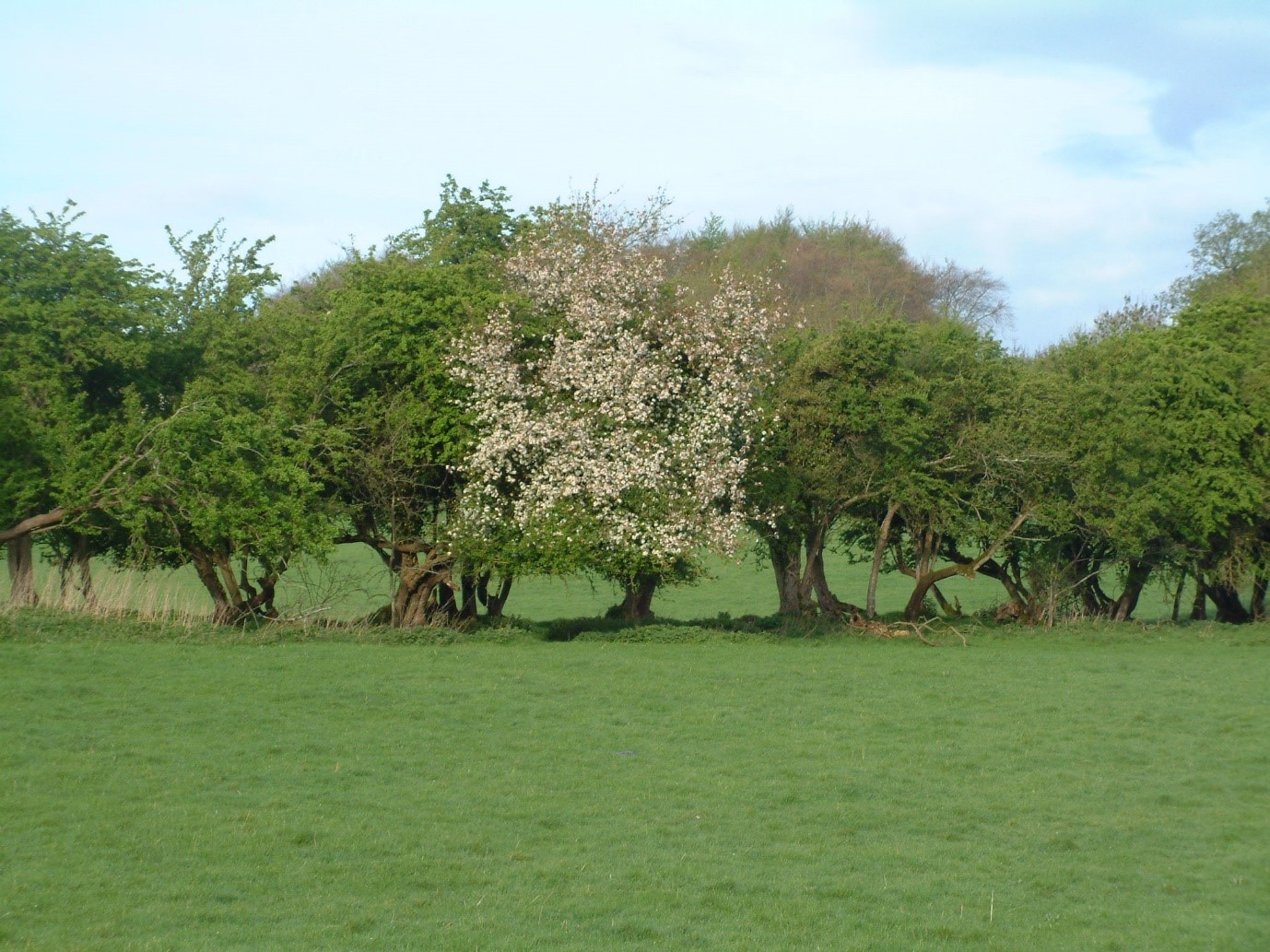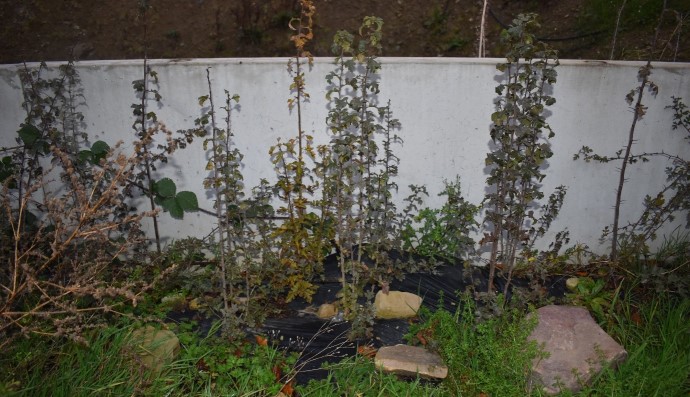29 August 2022
ACRES Hedge Actions – Hedgerow Week 2022

There are three hedge actions in the new agri environment scheme ACRES: coppicing, laying & planting hedges. It is important to understand what is involved in each action and the ongoing work required during the next five years. Catherine Keena, Teagasc Countryside Management Specialist has details
The selection of appropriate hedges for coppicing and laying is essential as is choosing the site for new hedges. It is important to improve biodiversity rather than cause damage to existing habitats.
Coppicing in ACRES
Up to 400m of hedge can be coppiced with a payment of €2.87 / m / year for five years. A minimum of ten metres applies. It is critical that appropriate hedges are selected and it is very difficult to see hedge structure until leaf fall in winter, as most hedges look good with vegetation hiding poor structure. Best Practice Coppicing is critical to improve rather than destroy Biodiversity and reduce Carbon. Old wire embedded in hedges must be removed before coppicing as it damages saw blades and becomes a lethal weapon flying far away from the machine.

This hedge is too valuable for biodiversity and carbon to justify coppicing. Best practice is to retain these ancient shrubs by fencing off both sides, allowing natural regeneration of shrubs and ground flora.

This hedge has too few shrubs for successful regeneration. It is also and too valuable for biodiversity and carbon to justify coppicing. Best practice is to retain these ancient shrubs by fencing off both sides, allowing natural regeneration of shrubs and ground flora.

This ‘upside down toilet brush’ hedge of low biodiversity and carbon value will die out if topped to the same level continually with a stump containing a fringe of hedging on top for support. This hedge could benefit from coppicing. It contains thorn shrubs which will rejuvenate well when cut at the base and it contains enough thorn stems, 1 every metre, so in-planting not necessary. In planting is unlikely to succeed in existing hedges due to the dry conditions, competition from vegetation and thorn sickness.

Best Practice hedge coppicing, where an appropriate hedge was chosen, which was similar to the ‘upside down toilet brush hedge in the background. The stems were cut at ground level with clean sloping cuts. There were sufficient stems so no infilling required. A profusion of new shoots will come from each stump, which should be trimmed annually, slightly above the previous cut to generate multiple shoots each time, allowing the hedge to grow up in layers of dense growth.
Hedge laying in ACRES
Up to 400m of hedge can be laid in ACRES, with a payment of €5.47 / m / year for five years. A minimum of ten metres applies. It is critical that appropriate hedges are selected. It is very difficult to see hedge structure until leaf fall in winter, as most hedges look good with vegetation hiding poor structure. Best Practice laying, which is highly skilled work is critical to improve rather than destroy Biodiversity and reduce Carbon. It is critical that diggers or heavy machinery are not used.

Example of Best Practice hedge laying with Neil Foulkes. The hedge stems are cut three-quarters of the way through, with a long sloping cut at ground level to create a long hinge which can be twisted to position in the right place. The heel or stump is cut off at a sloping angle to encourage re-growth and allow water to run off.

Eoin Donnelly showing the skill involved in laying a hedge and the equipment used.

Individual thorn tree selected for retention within laid hedge by Neil Foulkes. This thorn tree will benefit birds and bees by providing flowers and fruit as well as acting as a song post and perching post above the body of the laid hedge
Hedge planting in ACRES
Up to 750m of new hedging can be planted in ACRES, with a payment of €5.29 / m / year for five years. A minimum of ten metres applies. Plant requirements are:
- five plants per metre in a double staggered row
- at least 3 species with no one making up more than 70% of the total
- Plants must be Irish origin or provenance and must be purchased from registered producers
It is important to decide whether you want a new Escaped or Topped hedge and plant and manage accordingly.
 If planting a new Escaped hedge, choose any mix of hedgerow and tree species. Do not prune after planting. The use of compostable film / plastic is not possible. The most important thing is never top or this will turn it into an ‘upside down toilet brush’ hedge.
If planting a new Escaped hedge, choose any mix of hedgerow and tree species. Do not prune after planting. The use of compostable film / plastic is not possible. The most important thing is never top or this will turn it into an ‘upside down toilet brush’ hedge.

If planting a new Topped hedge, choose hedgerow species that tolerate trimming. Plan for occasional whitethorn trees and include only a small number of additional tree species. Protect these occasional trees with a tree guard and do not ever prune or top them. Prune all plants other than these selected trees after planting. Push compostable film / plastic over pruned stumps

Pruning and Compostable film in Topped hedge

Prune each year to get layered growth, resulting in a stock-proof hedge with an extremely dense base, which provides excellent cover for nesting birds and small animals.

We need both Hedge types on every farm: Escaped and Topped
Hedgerow Week 2022
Friday August 26th to Friday September 2nd marks Hedgerow Week 2022.
The theme for the week is Best Practice Hedge Cutting
Get more information on hedgerow week 2022 here
Get more information on hedges here
